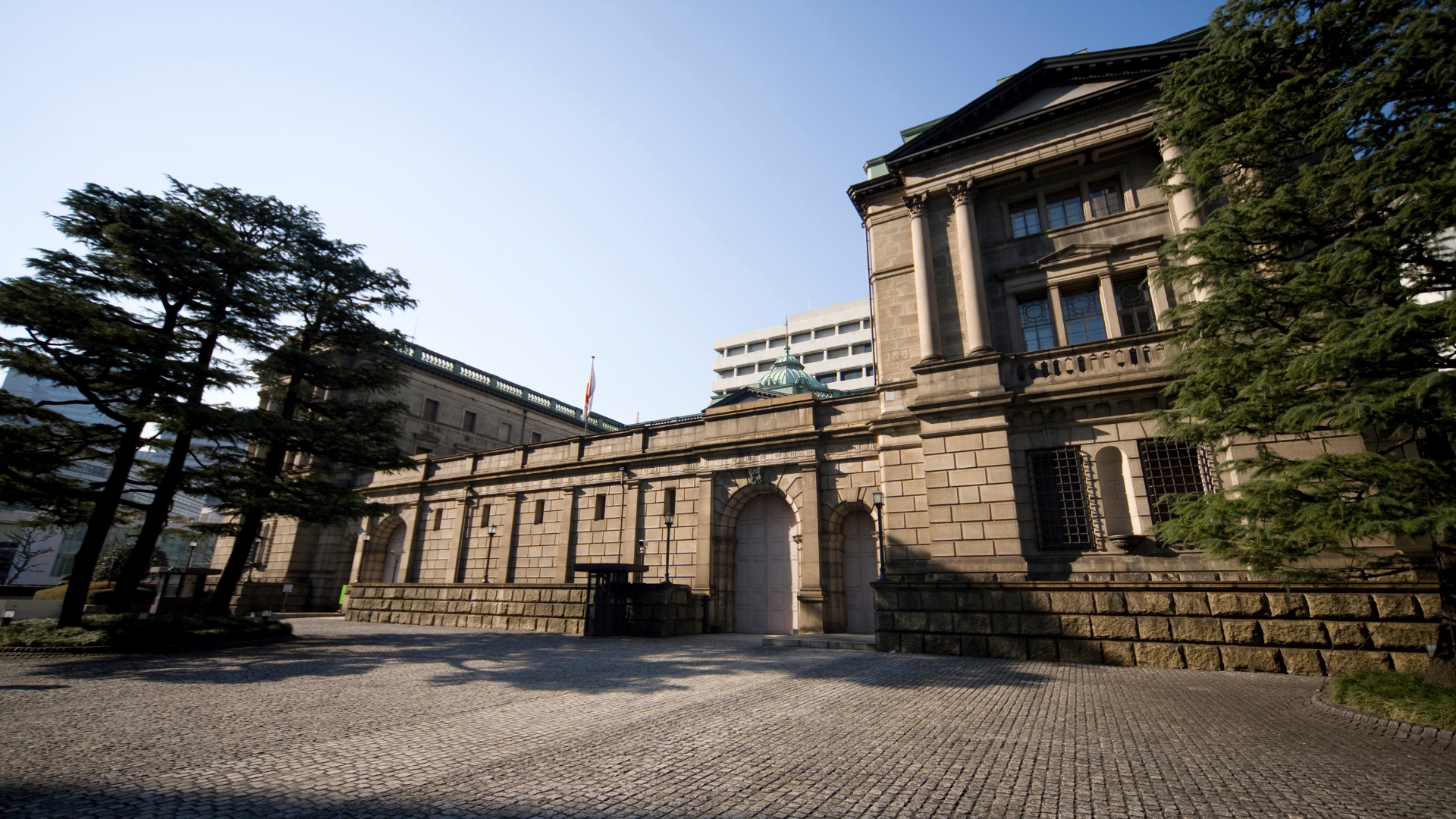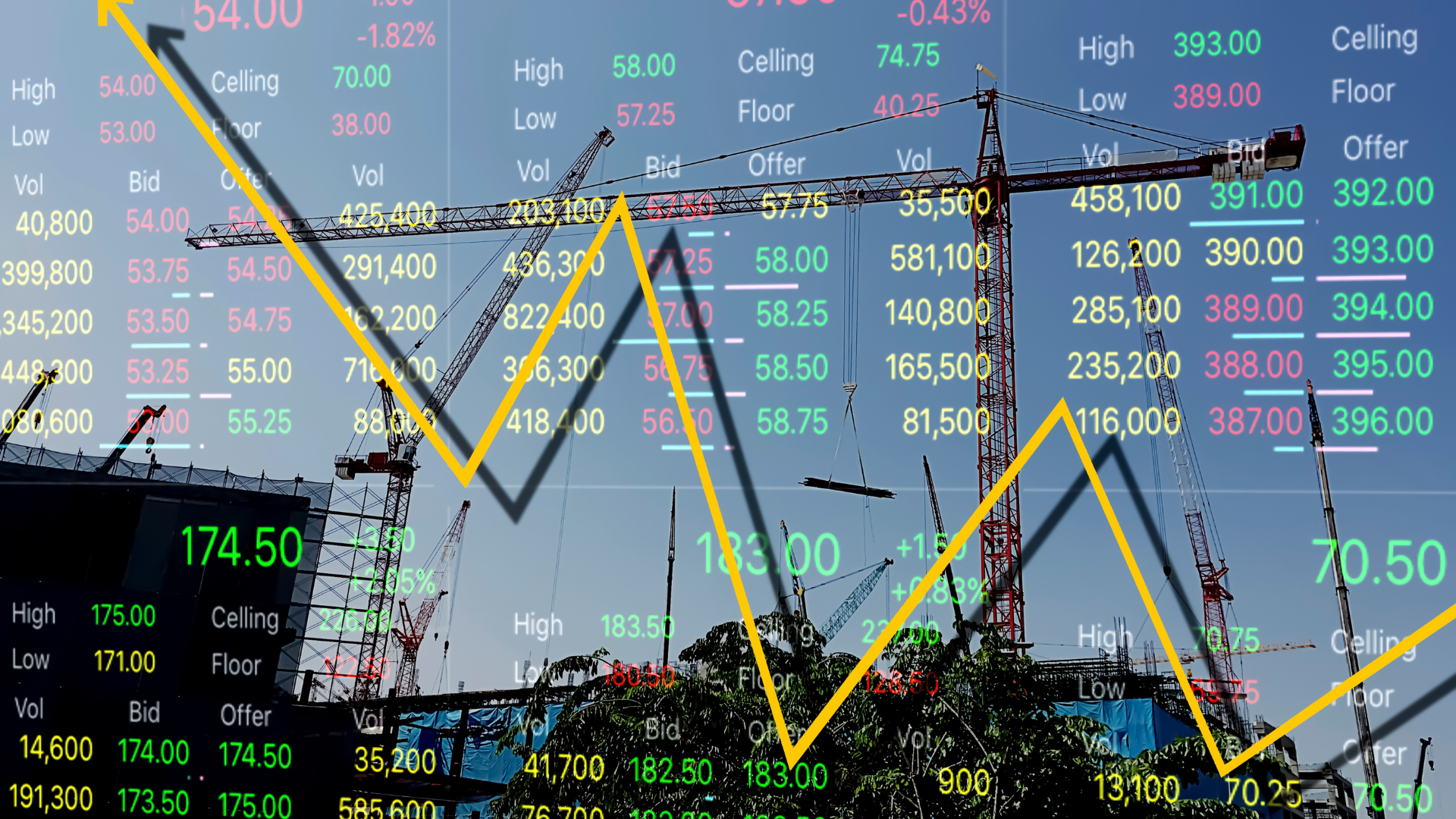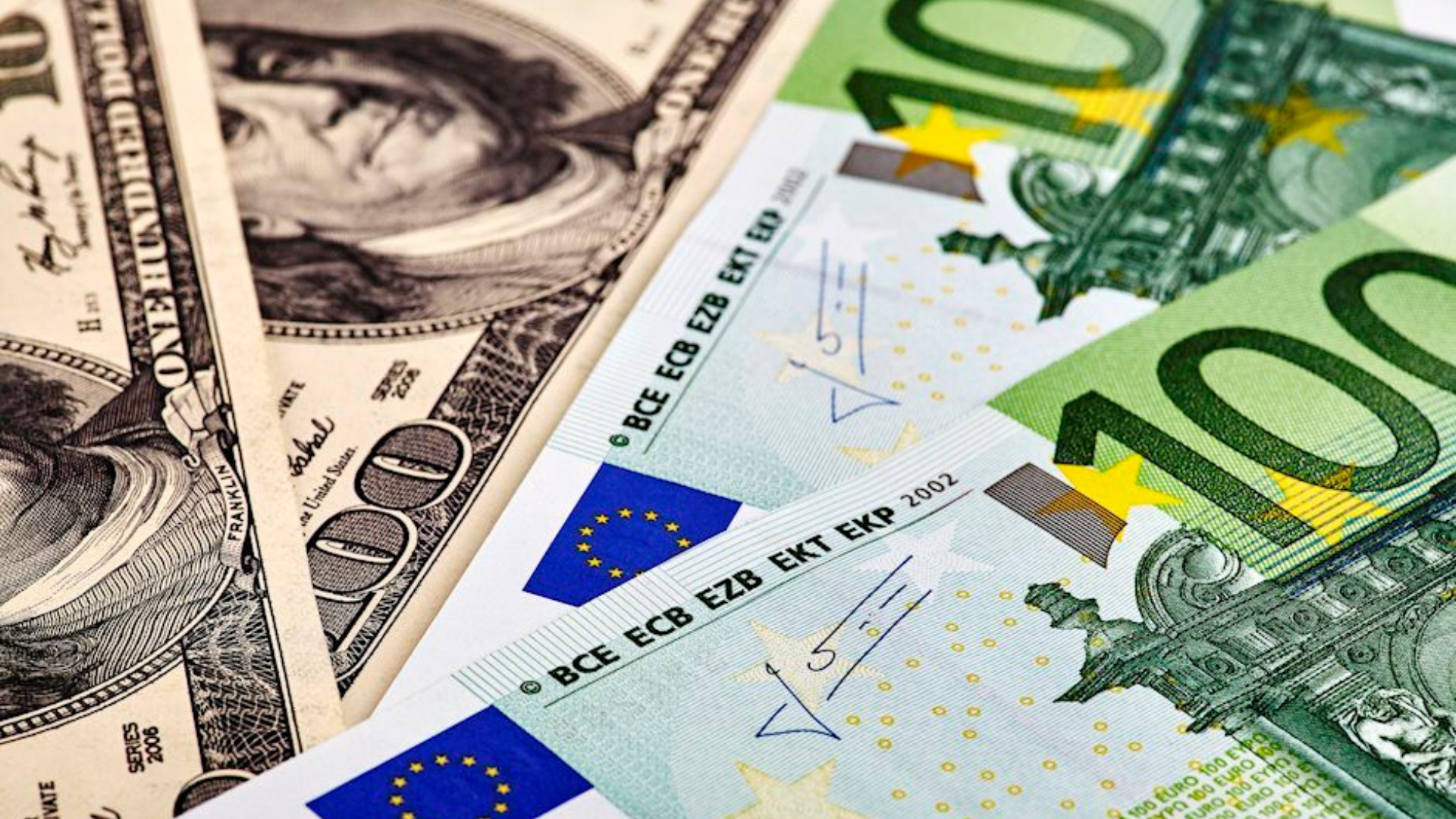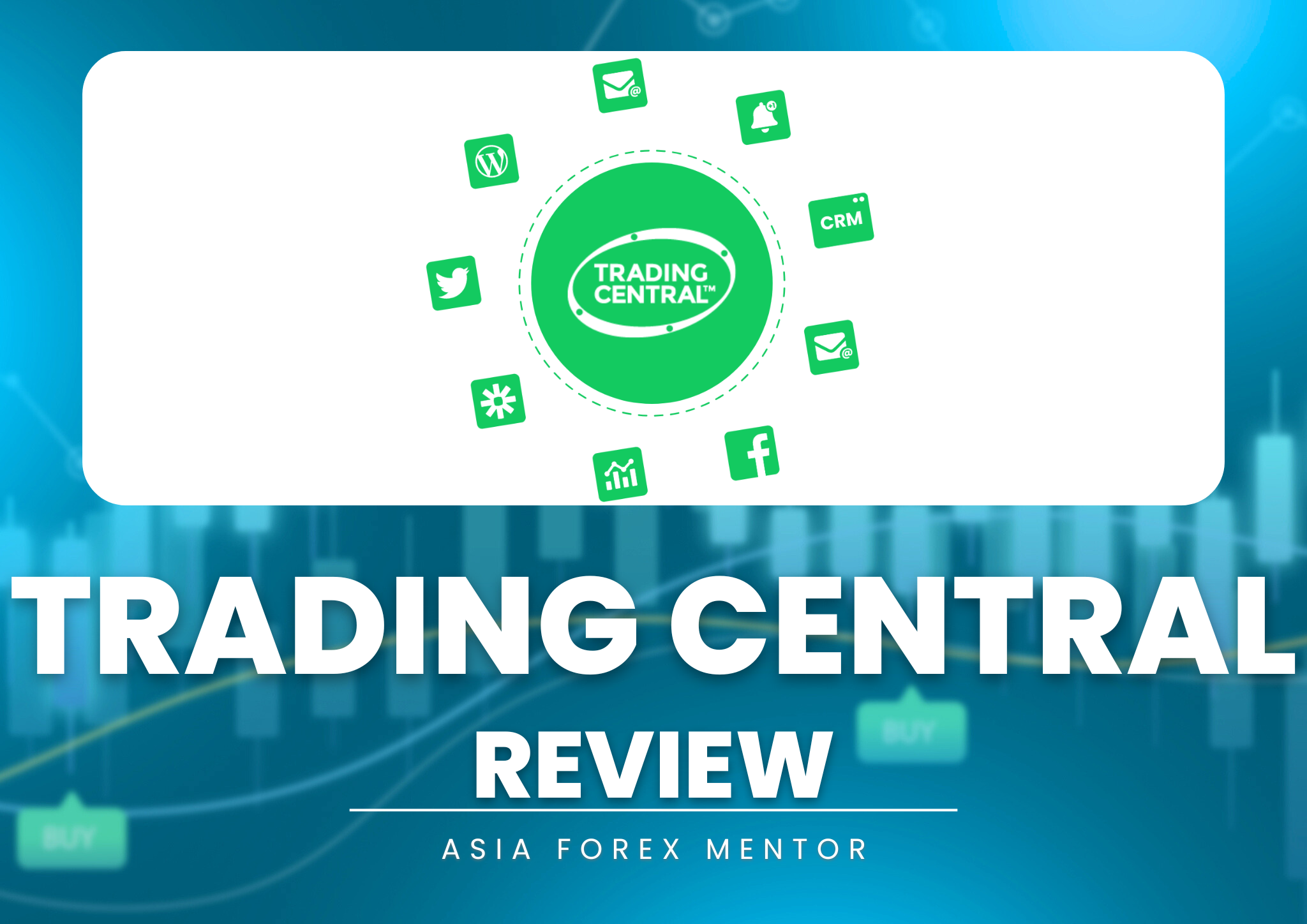As the European Central Bank (ECB) prepares for its July meeting, market watchers anticipate a steady interest rate, following the June cut—the first since 2019. The decision to hold rates reflects a cautious approach amid uncertain economic recovery and persistent inflation concerns.
Economic Recovery: A Bumpy Road
The euro area’s economic recovery remains fragile. Recent data paints a mixed picture, with some indicators pointing to growth while others suggest contraction. Early July’s Purchasing Managers’ Index highlighted a slump in manufacturing, returning to contraction territory. Additionally, Germany’s ZEW Index, a key economic sentiment indicator, showed a larger-than-expected decline, indicating a deteriorating business outlook.
“ECB speakers, including President Christine Lagarde and Chief Economist Philip Lane, have made it clear that the July meeting is set to be more of a stock-taking exercise than a policy-decision meeting, given the absence of new staff forecasts,” explained Anatoli Annenkov of Societe Generale.
With no new quarterly data, the ECB will rely heavily on survey data. This includes metrics like GDP, compensation, and labor productivity, which are essential for crafting future policy but are currently unavailable.
Inflation vs. Wage Growth
While headline inflation has shown signs of declining, largely due to lower energy prices and improved supply chains, wage growth remains a significant hurdle. This complicates the ECB’s efforts to achieve its 2% inflation target.
“Disinflation driven by lower energy prices and supply chain normalization has mostly run its course. Now, wage growth has evolved into the main stumbling block for the ECB to reach its inflation target,” noted Dirk Schumacher, an ECB analyst at Natixis.
Despite these challenges, the ECB aims to navigate the complex landscape. Annenkov added, “We still expect headline inflation to fall closer to the target in September and October, suggesting that a September cut could be well-timed. Beyond that, things are less clear. The ECB will want to see a material slowdown in wage growth before year-end.”
Geopolitical and Political Uncertainties
Adding to the ECB’s challenges are geopolitical and political uncertainties. Events such as the recent election results in France and the upcoming U.S. elections could impact economic stability and policy decisions.
“We’re in uncharted territory for the ECB as it needs to set policy amid heightened uncertainty from geopolitics,” Schumacher remarked. These factors contribute to a cautious approach as the ECB monitors global developments closely.
As the ECB holds rates steady, the focus shifts to future data releases and their implications for policy. The central bank’s ability to balance inflation control with economic recovery will be critical in the coming months. With geopolitical tensions and wage growth pressures, the ECB’s path forward remains delicate, requiring careful navigation through uncertain waters.
In the meantime, all eyes are on the ECB’s next moves, with analysts and market participants eager for any signals about future rate cuts and the broader economic outlook.










